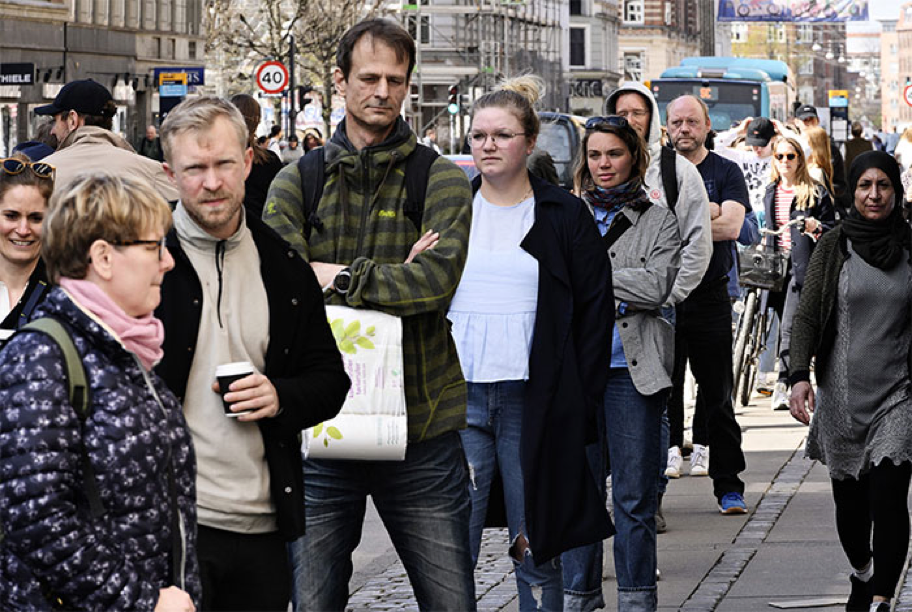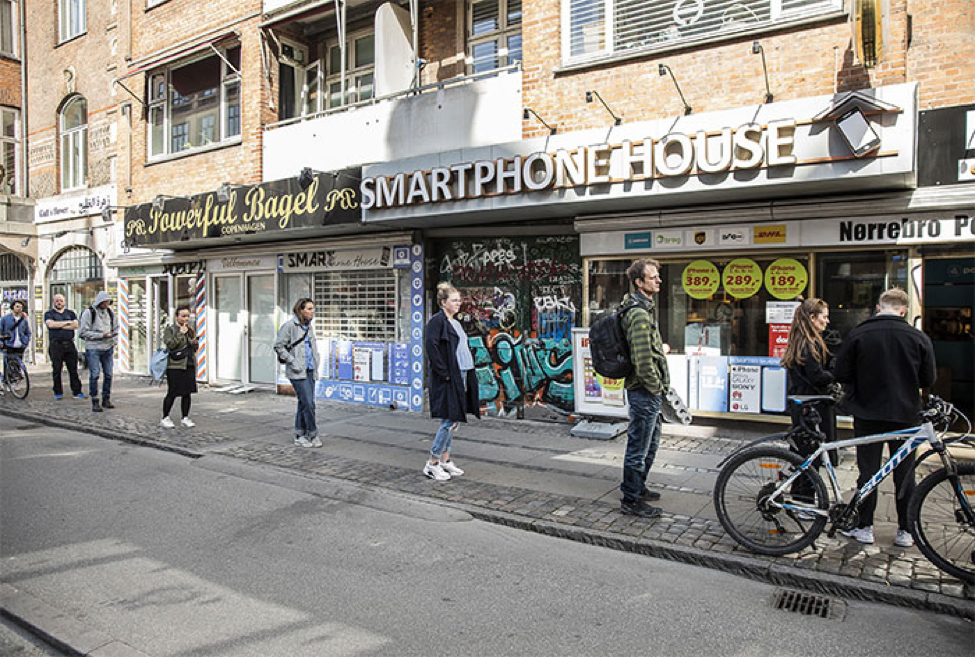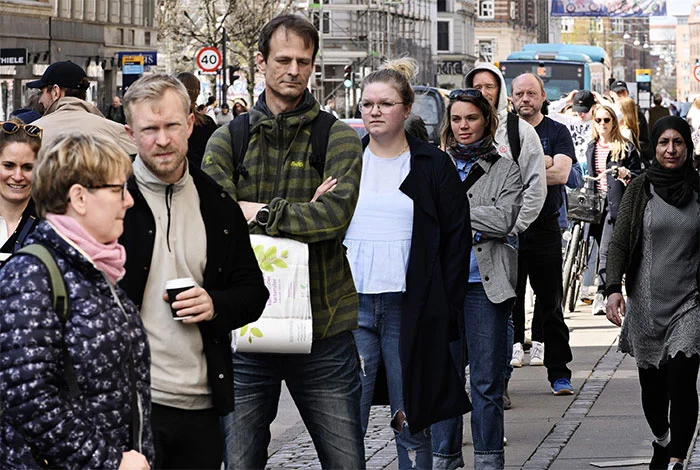The Factual’s media literacy scholarship was open worldwide between March-May 2020. Over 100 entries were received in the high school category. The essay prompt was: ““In the digital age, access to information has broken down countless barriers. However, it has also provided the platform for disinformation to spread, leaving it up to the audience to determine what to believe. What does it mean to you to be ‘informed’?” Susane Toebes was selected as the winner in the college category and awarded a $750 prize.
As a five-year-old, my Dad knew everything. He knew what made the sky blue, why camels spit, and even why my mom made that funny hissing sound every time somebody tracked mud onto her clean floors. When I got a bit older and Dad tried to convince me you’re not allowed to smile for your driver’s license photo, I grew to learn Dad doesn’t know everything, and that I can’t rely on other people to spread information accurately. In 2020, being “informed” means that I need to use my best critical thinking to analyze the information being presented, that I am susceptible to human influence, and that I need to challenge my own pre-existing biases.
A current issue nearly everyone is currently experiencing is the phenomenon of social distancing. Social distancing is the practice of maintaining a pre-determined distance from those who are not members of your immediate household, typically 6 feet. It may also include limiting interaction with large groups of people. To provide an example of how I have changed my own perception on being informed in 2020, I have provided two photographs taken by Olafu Steinar Getsson and Philip Dava. Something I have observed multiple times recently is complaining on social media about other individuals not observing social distancing. One person goes to the park and notices several people “playing” together and not observing social distancing. Another person goes to the store and says people are treating it more like an “outing” and blocking the aisles instead of getting in and getting out. This led me to question “Are the original posters acting from an “informed” or biased perspective? Do they see what they want to see, or do they see what is happening? Getsson and Dava had the same questions. They set out to prove that what you see is not always what you get. They took pictures of the same group of people lined up outside, each spaced 6 feet apart. One used a telephoto lens and the other used a wide-angle lens. In the photograph with the telephoto lens, picture A, it appears as if everybody is clumped together and not standing 6 feet apart. In the photograph with the wide-angle lens, picture B, you can clearly see that the people are standing 6 feet apart and are observing social distancing.
Picture A – Telephoto Lens

Picture B – Wide Angle Lens

Looking at these two photographs, I clearly see how disinformation is spread so quickly. If just photograph A were to be circulated, both the media and the consumers would be angry. The media may try to present the picture as “Shoppers ignore social distancing restrictions.” Consumers might complain that “people need to “stay home” and “stop spreading the virus.” Examining these two photographs lead me to an important question. “Is there something ‘blocking’ my view?” Consumers often see only what is in front of them or what is presented to them. Before this essay and viewing those pictures, it would not have occurred to me to take camera angles into account when viewing a picture. I might have thought “Oh no. More people aren’t observing social distancing!” and thought nothing else of it. If photograph B had been presented, my viewpoint might have been different. Now, I question what else I may have missed. Did the park complainer see something from a wrong angle? It is possible they were family members playing together who had no space at home to play. Did the store complainers know why people were out in such large groups, or did they simply assume people are not socially distancing? What is “blocking” my view? In the case of the photographs, it was the angle in which the picture had been taken. For the social media posters, it appears they did not have enough information to make a judgment.
Anything could be blocking my view. I might read an article about an older gentleman breaking into a house and feel angry that he did that. I imagine I would be upset for the homeowners and want the gentleman who broke in to be arrested. However, two days later, I read another article from a different source about the event in question. This article highlights an important fact the first article left out. The “burglar” in question has dementia, and mistakenly thought the house was his own. Had I slowed down and used more than one source; I may not have been so fast to judge the gentleman. I would have been sad and hoped that both the homeowners and the gentleman would be okay. Here, being informed means “Always use more than one source.”
Sometimes, our rush to consume information means that we are less informed. In 2020, being informed does not mean “consuming all of the information and media you can.” It means that I should slow down. I recognize the media, or my friends can present things to me the way they want them to be seen. In my burglar example it was clear that originally, I was only using a source that showed me what I “wanted” to see. I wanted to see that the burglar was a “bad guy.” Just as the social media posters did not stop to consider all aspects of a situation, I did not stop to consider all sides of the situation.
Being informed means thinking critically. It means pushing beyond what you can see on the surface and challenging your own viewpoints, even if this means you might have to change your mind. It means using more than one source and utilizing a growth mindset. Being informed in 2020 means not just relying on “Dad” or familiar settings but never getting comfortable and always assessing each situation as it is presented and to make your own informed determinations about the source and validity of the information. It means I am ready to make these choices on my own and use my own voice.

